Government to Consider Alternatives to Patent Monopoly Financing of Drug Development
Without patent monopolies and related protections, drugs would almost invariably be cheap.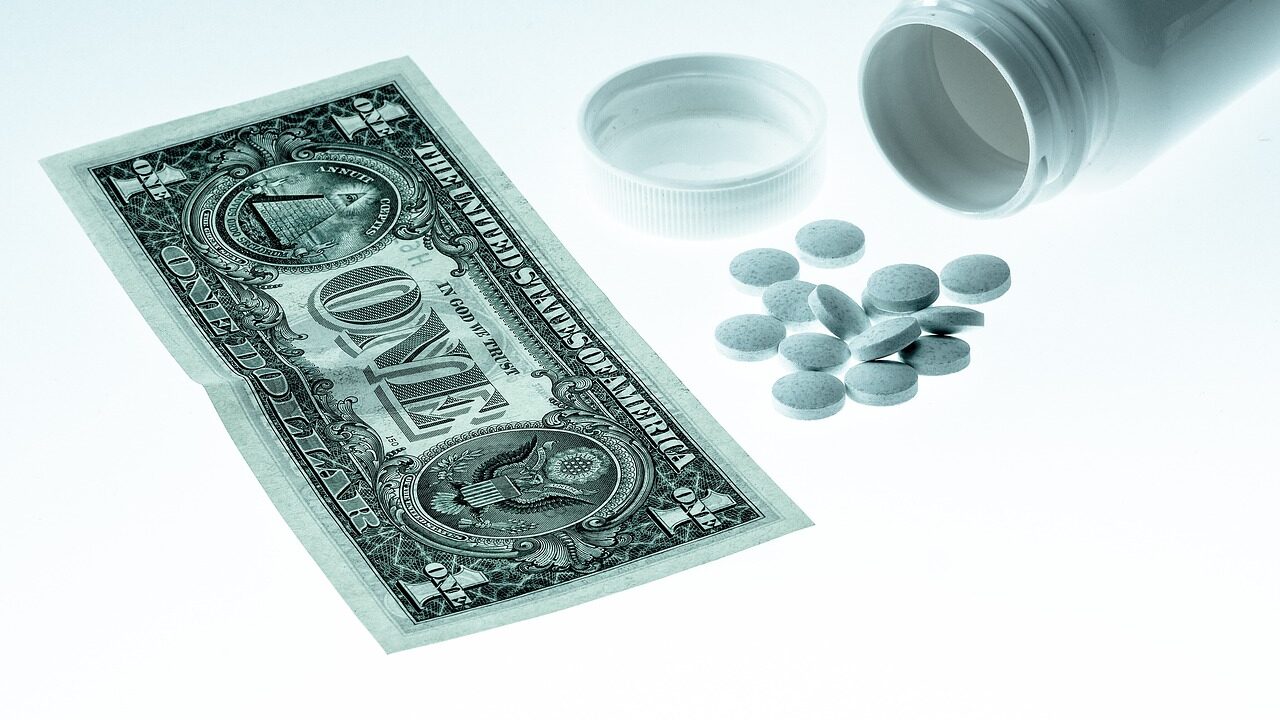 Monetized medicine by TBIT via Pixabay / CC BY-SA 3.0
Monetized medicine by TBIT via Pixabay / CC BY-SA 3.0
In some really big news that is likely to get almost no media attention, Senator Bernie Sanders, the chair of the Senate HELP Committee, negotiated a deal with Bill Cassidy, the ranking Republican, on a package of amendments to the reauthorization of the nation’s pandemic preparedness law. While there are a number of items in the deal, a really big one is funding for a study to be done by the National Academies of Sciences, Engineering, and Medicine (NASEM) to consider alternatives to patent monopoly financing of the development of prescription drugs.
This is potentially huge, since our current system is a disaster. No one ever said it was a great idea to finance research by charging tens of thousands of dollars for life-saving drugs, when these drugs would sell for a few hundred dollars in a free market without patent protection. We just ended up here. The study outlined in this bill should mean that we will get a serious evaluation of the current route for financing research relative to alternatives.
As I have argued endlessly, the current patent monopoly system is just an incredibly bad way to finance the development of new drugs, vaccines, and other health related products. There are many different reasons for this view.
Without patent monopolies and related protections, such as test data exclusivity or non-disclosure agreements, drugs would almost invariably be cheap. It is rare that it is expensive to manufacture and distribute a drug. In this free market world, most drugs would sell for a few dollars a prescription, or in some cases, ten or twenty dollars. We would not have drugs selling for hundreds or even thousands of dollars per prescription.
Most people have some type of insurance, either from the government or private insurance, which picks up much of the tab for drugs. Even if this may make the price affordable for patients, this is not the end of the story.
Insurers are not happy about paying hundreds of dollars for a prescription. When a patient is prescribed an expensive drug, insurers will typically make patients jump through hoops, like getting special letters from their doctor, or first trying a cheaper alternative. These bureaucratic hoops would be an annoyance for anyone, but they are especially bad in this context.
The people who need expensive drugs are often in poor health. That is why they need expensive drugs. So, we end up forcing people in bad health to spend their time chasing after doctors or other health care professionals, to get insurers to pay for a drug that would be cheap in a free market. That doesn’t make a lot of sense. Needless to say, many people don’t follow through with the necessary steps and end up not getting the drug their doctor prescribed.
Some mistakes in research are inevitable, but the incentive to deliberately mislead doctors and the public about the safety and effectiveness of drugs will largely disappear without patent monopolies.
Everyone who took Econ 101 can tell you how a 10 or 25 percent trade tariff leads to corruption. People play games mis-categorizing products to find ways around the tariff. The beneficiaries of the tariff use campaign contributions, and occasionally outright bribes, to get politicians to extend and expand the tariff.
These sorts of corruption are completely predictable outcomes from trade tariffs, and we routinely see them in the world. Patent monopolies on drugs raise the same sort of problems, but instead of a tariff that might raise the price of a product by 10-25 percent, we’re talking about raising the price of drugs by many thousand percent with patent monopolies.
The potential profits from selling a drug at a price that is several thousand percent above its production cost gives a very big incentive for corruption. Most immediately the corruption takes the form of misleading doctors and the public about the safety and effectiveness of a product.
This effort takes a variety of forms. The most visible are the endless television ads telling us about the merits of various drugs for treating arthritis, diabetes, or various other conditions. While these ads can provide some information, hearing a famous actor touting a drug they were paid to promote is probably not a good way to determine the best course of treatment for a medical condition.
In fact, this sort of direct to the patient advertising had been banned for many decades, until the Supreme Court determined that this restriction violated free speech. Whether or not the Court’s decision was correct, it would become moot if we took away the patent monopolies. No one would be spending billions of dollars on ads pushing prescription drugs if they were sold in a free market like shovels and paper clips.
But this is only the beginning of the corruption story. Drug companies routinely pay doctors to promote their drugs through various channels. While there have been efforts in recent decades to crack down on the practice of having professional medical opinions for hire, medical journals still struggle to ensure that published articles were actually written by the named authors and were not paid for by drug companies. Researchers who get generous consulting fees from drug companies may be reluctant to criticize a drug marketed by that company, for fear of having this income stream cut off.
This is an especially big issue in health care, as opposed to other areas where companies push their products. This is partly because there are serious problems of asymmetric information; the drug companies know more about their drugs than patients or their doctors. And, also because the consequences are so huge. People may be unhappy if their latest smartphone didn’t live up to expectations, but this just means they wasted some money. If they take a heart medication that is ineffective, or possibly even harmful, it can seriously damage their health or even cost them their life.
The real dangers from mismarketing drugs are not hard to find. To take a couple of examples, the pharmaceutical giant Merck paid billions of dollars to settle suits alleging that it concealed evidence that its arthritis drug, Vioxx, posed serious dangers to people with heart conditions. The opioid crisis stemmed in large part from drug companies misleading doctors about the extent to which the new generation of opioids was addictive. More recently, Biogen lobbied the FDA to get it to approve its Alzheimer drug Adulhem, even though its expert panel felt that it was ineffective and potentially dangerous.
Some mistakes in research are inevitable, but the incentive to deliberately mislead doctors and the public about the safety and effectiveness of drugs will largely disappear without patent monopolies. This would be a huge victory for public health.
The costs of maintaining and enforcing the patent system are a large deadweight loss from the standpoint of the economy as whole. The resources devoted to filing and enforcing patents do not add even a minute to anyone’s life or improve its quality in any way. The time of the people involved in this process could instead be employed in something productive.
This is getting to be a bigger deal over time. It is increasingly common for drug companies to file dozens of patents of dubious quality to extend the period of protection for their blockbuster drugs. This is a practice that can pay off big for the drug company, even if it is an incredible waste for society.
Patent monopolies are supposed to be an incentive for innovation, but a dubious patent, claiming a monopoly on a trivial innovation, is simply a way to block competition. Drug companies can benefit from this process because of the incredible asymmetry involved in any potential legal dispute. A drug company protecting its patent is fighting for the ability to continue to sell their drug at the patent monopoly protected price. A generic company challenging the patent is seeking the right to sell the drug in a competitive market.
In addition to possibly securing a monopoly for longer time than is warranted, millions of dollars of legal expenses can be incurred in these battles. These cases also present another opportunity for corruption, with drug companies sometimes making what are effectively payoffs, in the form of licensing agreements, to persuade generic manufacturers to drop lawsuits contesting patents.
If this sort of system had been in place during the pandemic it would have meant that all the research being done on tests, treatments, and vaccines, everywhere in the world, would have been freely shared.
The patent monopoly financing system encourages secrecy in research. Pfizer and Merck want to get as much as possible out of their research and avoid giving away information that could provide an advantage to competitors. This means they only disclose information that is necessary to get a patent. They will not publish research findings that could be useful to competitors. Also, their clinical trial results are proprietary, although in response to pressure, drug companies have been much better about making their full results available in recent years.
If we paid for research upfront, it could be a requirement that all findings be posted on the web as soon as practical. All patents would be in the public domain and any non-disclosure agreements on the research would not be enforceable.[1]
If this sort of system had been in place during the pandemic it would have meant that all the research being done on tests, treatments, and vaccines, everywhere in the world, would have been freely shared. This meant that anyone with the manufacturing capacity could have begun making not only the mRNA vaccines, but also the AstraZeneca vaccine, as well as the ones developed by China, India, and Cuba. The manufacturing could have been done even in advance of approval, since the benefits of having tens of millions of vaccines quickly available swamps the risk of having to throw them out if they don’t prove safe and effective. This would have allowed the world to get vaccinated far more quickly, slowing the spread of the pandemic. It quite likely would have prevented the development of the omicron strain and possible even the delta strain, saving millions of lives and avoiding hundreds of millions of infections.
It is true that this would have required some sort of international agreement on sharing technology, but the patent system also requires agreement on rules and enforcement. And, anyone who has followed recent trade negotiations knows these agreements have not been easy to reach.
When we are relying on patent monopolies to finance research, the only avenues that companies will pursue are ones that are likely to lead to a patentable product. If it seems that diet, exercise, or environmental factors might be important for addressing a specific condition, companies will have no incentive to pursue these paths.
In principle, we have the National Institutes of Health and other public agencies that can pursue these avenues, but there is no reason to assume that information will be freely transferred. After all, if a drug company has spent years researching a drug for a diabetes, and it uncovers evidence that dietary issues can be very important in treatment, it has little incentive to share information that could undermine the market for its drug.
By contrast, if all research was fully open, and drug companies are being rewarded for doing research that advances public health, they would have every reason in the world to share findings that were not related to a patentable product. It is also worth noting that this problem also applies to researching new uses for old drugs. If a drug that is off-patent proves to be effective in treating a different condition than the one for which it had been approved, a company would have little incentive to pursue this research.
People in policy debates like to blame the rise in inequality over the last four decades on technology. This is not true. It is our rules on technology, not the technology itself, that has led to the growth in inequality.
The case of the Moderna Covid vaccine provides a great case study to make this point. The government paid Moderna just under $1 billion to develop and test its vaccine. Rather than insisting that the vaccine be placed in the public domain, so that it could be produced as a cheap generic, we allowed Moderna to maintain control over its production and distribution. As a result we created at least five Moderna billionaires by the summer of 2021.
It is great that NASEM will do a study evaluating alternatives to patent monopoly financing for the development of prescription drugs.
There was nothing about the technology that required that a small number of people at Moderna would get incredibly rich. The problem was the rules we put in place for controlling the technology.
This issue applies to the patent monopoly system more broadly. If we had a system where drug companies contracted with the government to do research, there would undoubtedly be talented and hardworking researchers who would get substantial rewards. However, it is unlikely that this system would produce many billionaires.
And, we should all recognize that there is an enormous amount of money at stake. We will spend over $550 billion this year on prescription drugs. These drugs would likely cost less than $100 billion in a free market without patents and other protections. The difference of $450 billion (more than $5 trillion over a decade) comes to more than $3,000 a year per family. It is real money and it make a really big difference whose pockets it ends up in.
The issue of inequality should not be a primary factor in designing the best mechanism for developing new drugs, however it is reasonable to consider the impact that the system has on inequality. It is more than a bit backward to design a system that produces an enormous amount of inequality and then to complain about inequality. It is much easier to avoid creating massive inequality in the first place, than to structure the system in a way that generates inequality and somehow expect to be able to tax it back.
As should be clear to everyone by now, money creates political power. If we allow people to get very rich, they will use their political power to ensure that they stay rich.
It is great that NASEM will do a study evaluating alternatives to patent monopoly financing for the development of prescription drugs. A serious investigation of this issue is long overdue. I am confident that an honest study would not conclude that the current system is the best system.
However, I have been around Washington long enough to realize that we cannot take an honest study for granted. There is no shortage of academics who are prepared to do the pharmaceutical industry’s bidding. If these people end up carrying out the study, we can assume that they will find that we live in the best of all possible worlds.
Anyhow, this study offers some hope. It would be nice if its existence got a little attention from the media, but I suppose the issue is too important for them to be concerned about. We will see where this goes, but Senator Sanders should be congratulated for moving the ball forward.
Your support matters…Independent journalism is under threat and overshadowed by heavily funded mainstream media.
You can help level the playing field. Become a member.
Your tax-deductible contribution keeps us digging beneath the headlines to give you thought-provoking, investigative reporting and analysis that unearths what's really happening- without compromise.
Give today to support our courageous, independent journalists.

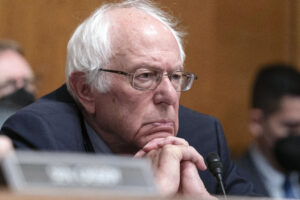

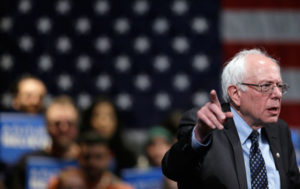
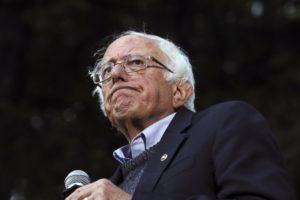
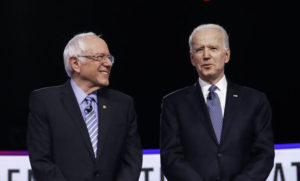
You need to be a supporter to comment.
There are currently no responses to this article.
Be the first to respond.